Art: Painting
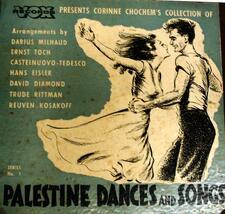
Corinne Chochem
Best remembered for her contribution to Jewish cultural life and for her unique ability to inspire those around her, Corinne Chochem had a distinct impact on Hebrew folk dance, both in her teaching and her two books, Palestine Dances (1941) and Jewish Holiday Dances (1948).
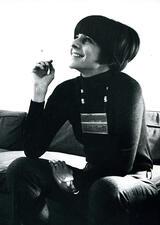
Elaine Lustig Cohen
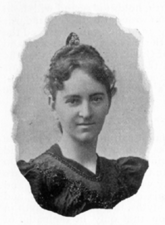
Katherine M. Cohen
Katherine M. Cohen was a sculptor and artist dedicated to advocating for equality for women in the arts. Comfortably situated in the community of Philadelphia’s Jewish elite, Cohen created many commissions for the community reflecting Jewish themes and illustrated a Jewish children’s book. Cohen made a speech at the Chicago World’s Fair advocating for the support of artists, and specifically female artists.
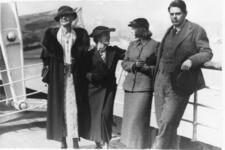
Lucille Corcos
Lucille Corcos was celebrated as one of the foremost “modern primitivist” painters in America, creating revealing composite urban scenes. Corcos was widely praised for her lack of self-consciousness and complete freedom of expression, and she exhibited works throughout the United States and Europe.
Ruth Dar

Sonia Delaunay
Sonia Delaunay was known for her vivid use of color and her bold, abstract patterns, breaking down traditional distinctions between the fine and applied arts as an artist, designer, and printmaker. She designed costumes for operas and ballets around Europe and created her own fashion design company. Deluanay was the first female artist to have a retrospective show of her work at the Louvre in 1964.
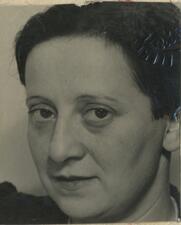
Friedl Dicker-Brandeis
Friedl Dicker was an artist and educator who studied at the Bauhaus school then led art classes at Terezin. In the ghetto, Dicker taught drawing to hundreds of children, designed sets and costumes for children’s performances, and made an exhibition of children’s drawings in a basement. She also created her own sketches, many of which were discovered in the 1980s.
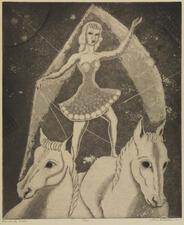
Stella Drabkin
Stella Drabkin was a talented painter and mosaicist who innovated new methods of printmaking. She is known for her experiments with multitype, a variation on monotype printing with layers of texture and color, creating mosaic panels on biblical themes, and creating prints with poems. Following her death, in 1972 the Art Alliance established the Stella Drabkin Memorial Award Fund in her honor.
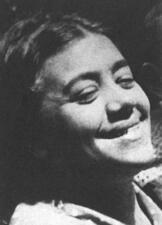
Celia Dropkin
Celia Dropkin’s sexually explicit poetry expanded possibilities for the depiction of relationships between men and women in modern Yiddish poetry. Throughout the 1920s and 1930s, her poems appeared in avant-garde Yiddish literary publications. Infused with erotic energy, the themes of Dropkin’s poetry – sex, love, and death – shocked her contemporaries.

Audrey Flack
The only female member of the founding group of photorealists, New York-born painter and sculptor Audrey Flack is especially recognized for the feminine content in her art. Her feminist sensibilities manifest in both her pioneering paintings, which often consider stereotypes of womanhood, and her sculptures, frequently depicting goddesses and other strong female figures. Flack’s work appears in prominent collections around the world.
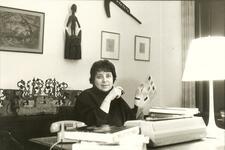
Sally Fox
Lee Weiss Frank
Lee Weiss Frank worked as a reporter and radio show host, was involved in the Women’s International League for Peace, and was a prominent public figure in Philadelphia. Her legacy extends beyond her community work and journalism, as she was a prolific artist painting in oil and in watercolor.
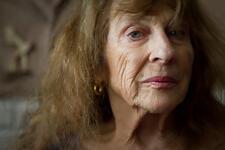
Mary Frank.
Mary Frank
Mary Frank was a sculptor and painter inspired by dance, photography, and the moving body. Born in London, Frank immigrated to the United States in the 1940s and danced with Martha Graham and studied art at the American Art School in New York. Frank imparts a sense of the timelessness and her work, and her sculptures have been described as sensual, sublime, poetic and profoundly moving, placing her among the foremost figurative artists of our time.
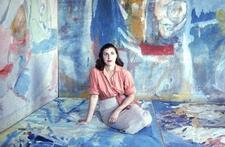
Helen Frankenthaler
Helen Frankenthaler pioneered a new style of abstract expressionist painting that earned her the respect of the art world and inspired other artists. Her constant high achievement ranks her as one of the most important contributors to the history of postwar American painting. Frankenthaler’s work has been exhibited in galleries and museums around the world.

Marti Friedlander
London-born Marti Friedlander migrated to New Zealand in 1958. She became one of the country’s most outstanding and influential photographers in portraiture, photo-journalism, photo-books, and “street” photography. Her photographs still live vigorous public lives in exhibitions, books, and periodicals published after her death.
Temima Gezari
Artist and innovator Temima Gezari made a lasting impact on Jewish education through her vivid artwork, illustrations of children’s books, and many years of teaching. Her philosophy of using art to teach about Jewish holidays and customs left an indelible mark on countless schoolchildren. After more than 60years in the field, she was a legendary presence in Jewish education.
Ruth Gikow
Ruth Gikow’s figurative paintings and murals offered her a means to comment on society and urban life. She worked on commissions for public spaces in New York, and in the 1960s and 1970s she created political works, depicting scenes from the civil rights and anti-war movements. Gikow’s work is included in the permanent collections of the Metropolitan Museum of Art, the Museum of Modern Art, among others.
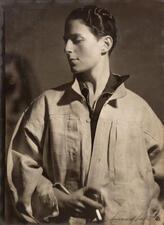
Gluck (b. Hannah Gluckstein)
A self-proclaimed individualist, Gluck painted outside abstract contemporary trends. Instead, Gluck naturalistically painted subjects reflecting her personal life and social circle, making her a unique character in the modern British art scene. Gluck was also proud of her queer, androgynous identity, which she infused into her artwork.
Eva Hesse
Eva Hesse created innovative sculptural forms using unconventional materials such as latex and fiberglass and gave minimal art organic, emotional, and kinetic features. She scorned the decorative, creating sculptures out of repeated units which embodied opposite extremes. Her large fiberglass and latex works are recognized as major works of the 1960s artistic era.
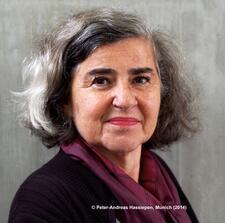
Barbara Honigmann
Ira Jan
Ira Jan, a painter and writer, was the first Hebrew artist in pre-State Palestine. Born in Kishinev, Jan graduated from the Moscow Art Academy and traveled Europe before immigrating to Palestine in 1908. Known for her love affair with Chaim Nachman Bialik, she immigrated to Jerusalem in 1908, engaging in painting and teaching and publishing her stories in a number of periodicals in Palestine.
Elena Kabischer-Jakerson

Shula Keshet
Shula Keshet is an Israeli Mizrahi feminist activist, an artist, and a curator. Her activism strives for justice for underprivileged women and men in Israel; as a Mizrahi feminist artist and curator, she has created several exhibitions.
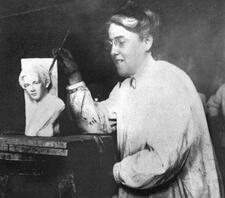
Rose Kohler
Rose Kohler was a multitalented woman who was known as an accomplished painter and sculptor. She was a teacher in, and later the chair of, the National Council of Jewish Women’s religious schools in Cincinnati, Ohio, and wrote many articles on art and religion.
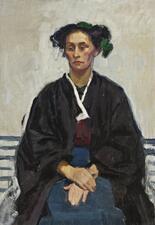
Broncia Koller-Pinell
Broncia Koller-Pinell was a successful artist in the late nineteenth and early twentieth centuries and a contemporary of Josef Hoffmann, Kolo Moser, and Gustav Klimpt in Vienna. As a Jew and a woman creating art in Christian male-dominated spaces, Koller-Pinell remained true to herself and created beautiful artwork in spite of the adversities she faced.


